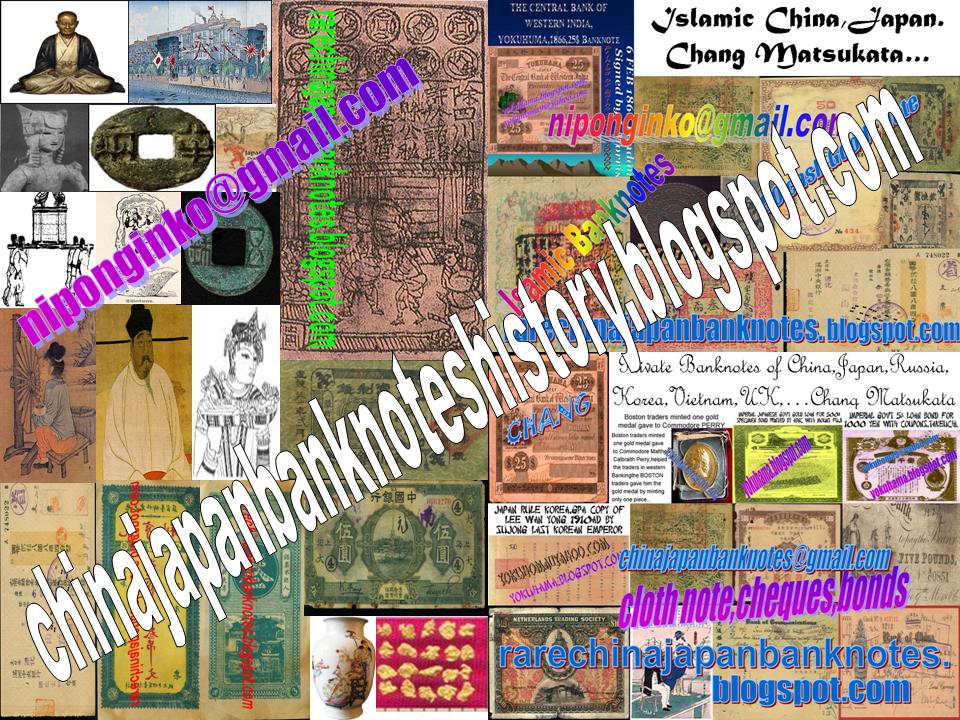
AGRICULTURE IN MEDIEVAL CHINA

Yokuhama 1866 banknote History,american rare banknotes,Central bank of Western India,hansatsu,indian banknotes,japan banknotes,rare japan banknotes,world rare banknotes,yokohama specie banknotes,Cultural history of Japan china 30k old,perry GOLD MEDAL,TEINSTEN banknotes,Yokuhama banknote 1866 History,hansatsu,Nippon Ginko history,ancient scripts of china,Islamic China banknotes,china cloth banknotes,china banknotes,samurai,WRITING BOOK ON JAPANESE,CHINESE,RUSSIAN,GERMAN BANKING IN EAST ASIA


Yuan Hengli Money Shop, 3 diao
3 strings (diao) payable in value 10 struck copper coins
This is an unissued exchange note of 元亨利 Yuan Hengli Money Shop.
Top inscription: 歷邑東北鄉李官莊 @ me at niponginko@gmail.com
Printed obviously in the early years of the Republic.
Denomination is given as 3 strings payable in "value 10" struck copper coins at the rate "98". The Inscription in green color given at the bottom of the note says
"Altogether 147 pc. "value 10" coins" (計銅元壹百四十七枚) what exactly fits to the method of the calculation of the cash coins used in

